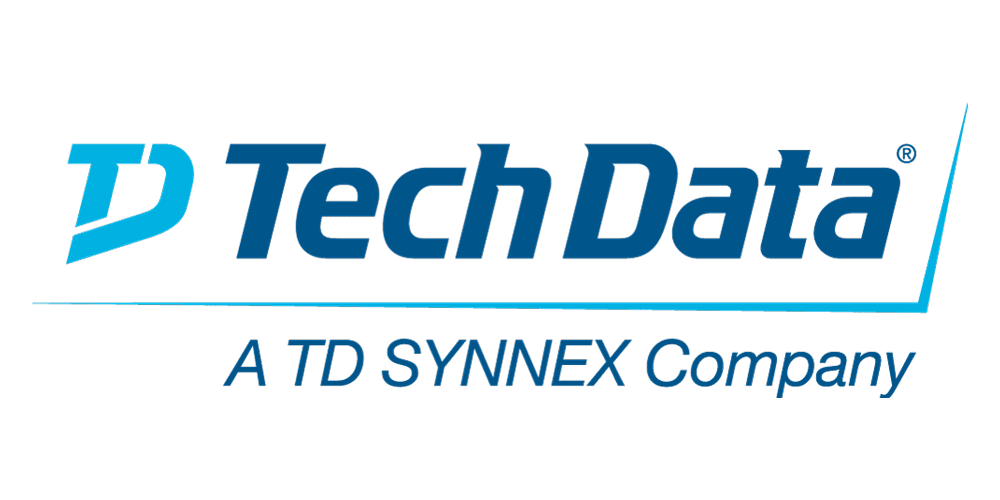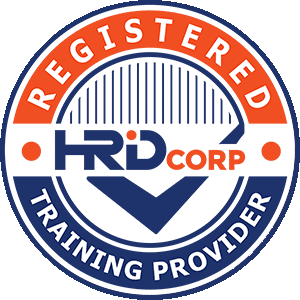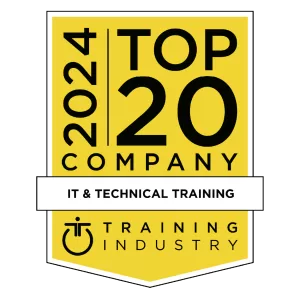An updated version of this course is available. For more information, click WebSphere Application Server V9 Administration (ZA590G).
This course is also available as classroom course WebSphere Application Server V8.5.5 Administration (WA855G).
This course teaches you the skills that are needed to install and administer IBM WebSphere Application Server V8.5.5. This release offers users enhanced support for standards, emerging technology, and a choice of development frameworks.
In this course, you learn how to install, configure, and maintain IBM WebSphere Application Server V8.5.5 base, Network Deployment (ND), and the Liberty profile. You learn how to deploy enterprise Java applications in a single computer or clustered configuration. In addition, you learn how to work with features of WebSphere Application Server V8.5.5, such as IBM Installation Manager, WebSphere Customization Toolbox, security enhancements, Intelligent Management, and centralized installation.
Throughout the course, hands-on exercises and demonstrations reinforce lecture content and give you practical experience with WebSphere Application Server V8.5.5. You complete tasks such as installing and assembling applications, applying problem determination techniques, configuring a clustered environment, and working with fine-grained administrative security.
If you are enrolling in a Self Paced Virtual Classroom or Web Based Training course, before you enroll, please review the Self-Paced Virtual Classes and Web-Based Training Classes on our Terms and Conditions page, as well as the system requirements, to ensure that your system meets the minimum requirements for this course.






